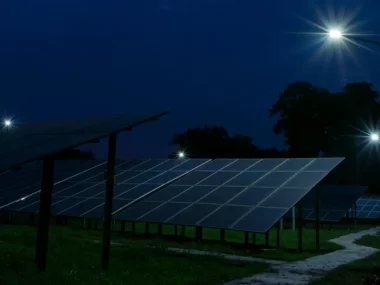The global energy landscape is currently experiencing significant change, with a growing emphasis on renewable sources to satisfy increasing energy needs while addressing the challenges of climate change. Among these renewable sources, solar energy stands out as a leader, offering vast potential to transform the generation and consumption of electricity. As the world moves towards a more sustainable future, the long-term outlook for the solar energy industry appears highly promising. This essay examines the various opportunities and obstacles that influence the future direction of solar energy, including advancements in technology, shifts in market dynamics, regulatory frameworks, and environmental considerations. By exploring these critical factors, we can better understand how solar energy is positioned to become a fundamental component of the global energy portfolio in the coming years.
Long-Term Prospects for the Solar Energy Industry?
The future outlook for the solar energy sector appears highly favorable. Numerous factors contribute to this optimistic view:











